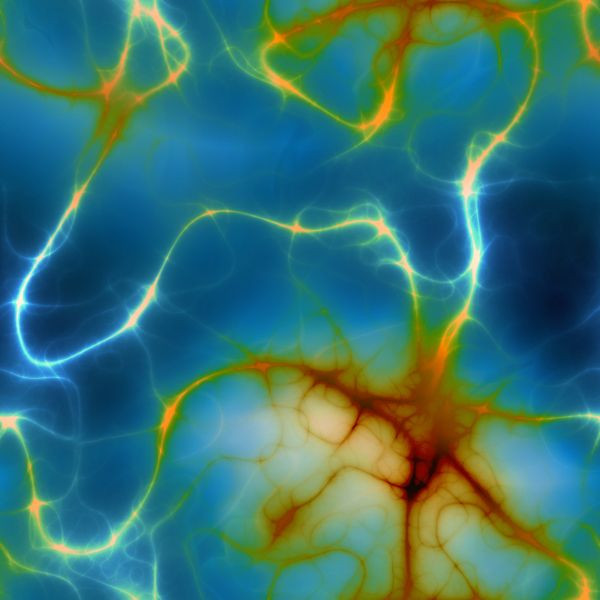Nerve-Healing Gel May Soon Cure Paralysis

Bodily regeneration is no longer reserved for science fiction movies.
A team of Tel Aviv University researchers has been working on a means to repair damaged peripheral nerves.
Why peripheral nerves? They are easily injured, or severed, during accidents or as part of disease pathologies and the results vary from lifetimes of pain, restricted mobility, or even paralysis.
Peripheral nerve damage is common among alcoholics, people with viral infections like Epstein-Barr, hepatitis C and HIV/AIDS, people with trauma from injuries, people with malignant or benign tumors, diabetics,and of course, people with neurodegenerative disorders like Parkinson's or Alzheimer's disease. Generally, many people may have some kind of peripheral nerve damage as these are the nerves that branch throughout the body to ensure messages are relayed from the brain to body parts like toes and fingers.
To treat the effects of nerve breakage, Drs. Rochkind and Nevo have created a Guiding Regeneration Gel (GRG) that can almost miraculously aid nerve growth and healing.
Since nerves are made up of many nerve fibers that grow and wrap around each other, promotion of fiber growth so they can once more grow and wrap around each other is ideal. This method physically reconnects the ends of a damaged or severed nerve with a soft, safe, and biodegradable tube. The connection by the tube allows the gel to work its wonders on the two disjointed ends of the nerve. The gel is then administered on the inner portion of the connecting tube to provide for nerve growth and encourage the reconnection of nerves.
The gel contains three innovative components that encourage nerve cell growth. Hyaluronic acid prevents nerves from drying out to promote quick healing and fewer complications. Superoxide dismutase, or an enzyme, prevents the body's immune system from attacking the gel and tube so that they can do their intended duty to the affected nerve without being degraded before their work is done. Lastly, and perhaps most importantly, the gel contains laminin peptides; these molecules naturally occur in the body's growing nerves to provide a track on which they can grow and extend without leaving the rest of the nerve fibers behind. In this application, the laminins serve to create a foundation on which the two broken ends of the same nerve can grow and reach toward each other until they repair themselves.
Rochkind and colleagues have tested this in other animals, like rats, in a 2011 study that indicated that using some sort of adhesive, like the gel they have recently developed, is as effective as doctors using micro suturing technology - a more traditional, time-consuming, and demanding technique. Major benefits to this technique are that it allows the body to heal itself with minimal help from the GRG, even if the damage is very serious, and without much surgical invasion.
This new method of cell-level healing, using novel approaches that avoid invasive and risky surgeries or experimental treatments, could show promise for neurodegenerative disease treatment as well as other peripheral nerve-damaging diseases that affect the population.
If the gel passes clinical trials, it may find its way into medicine cabinets, next to anti-bacterial ointments and hydrocortisone creams.



























